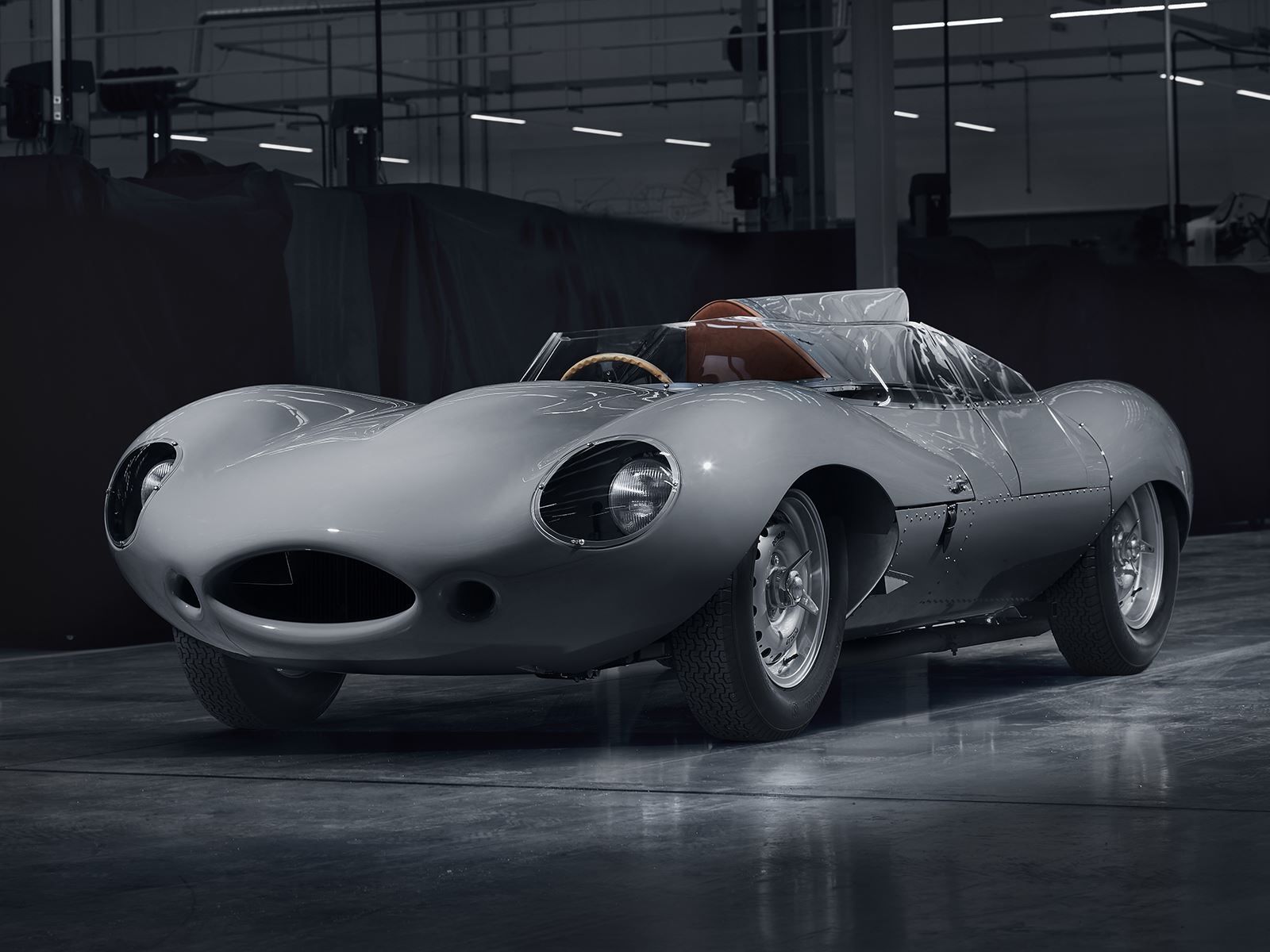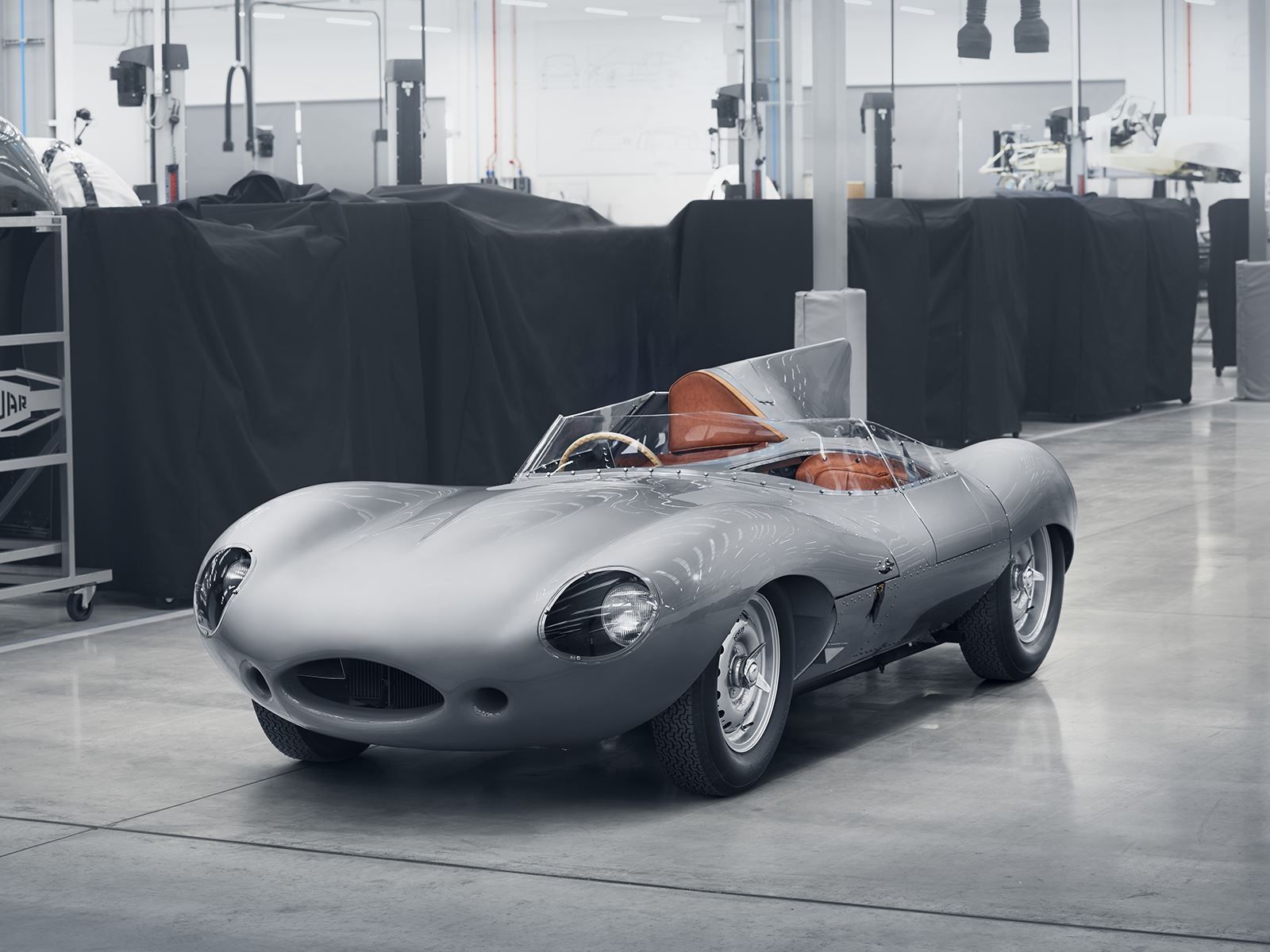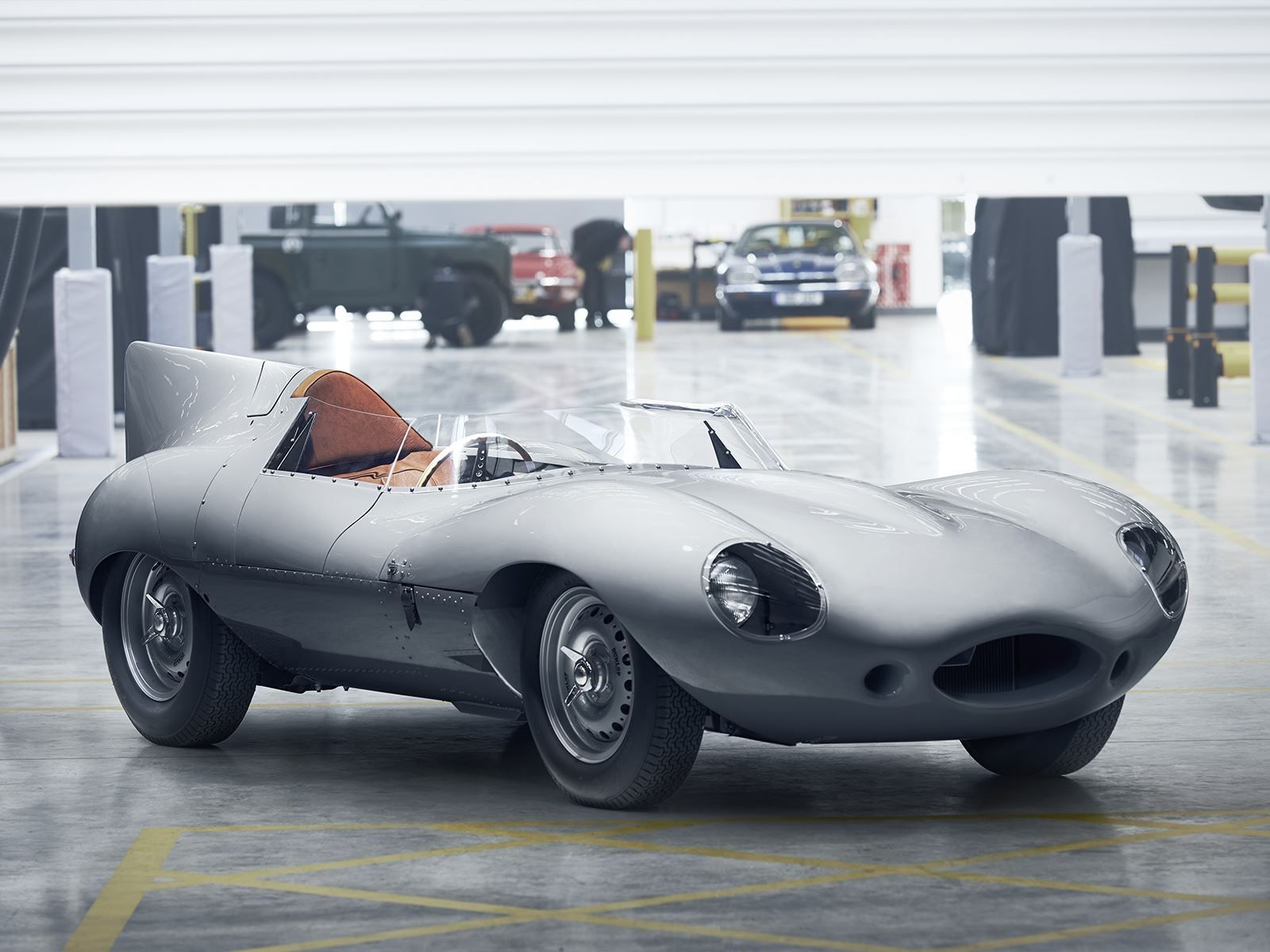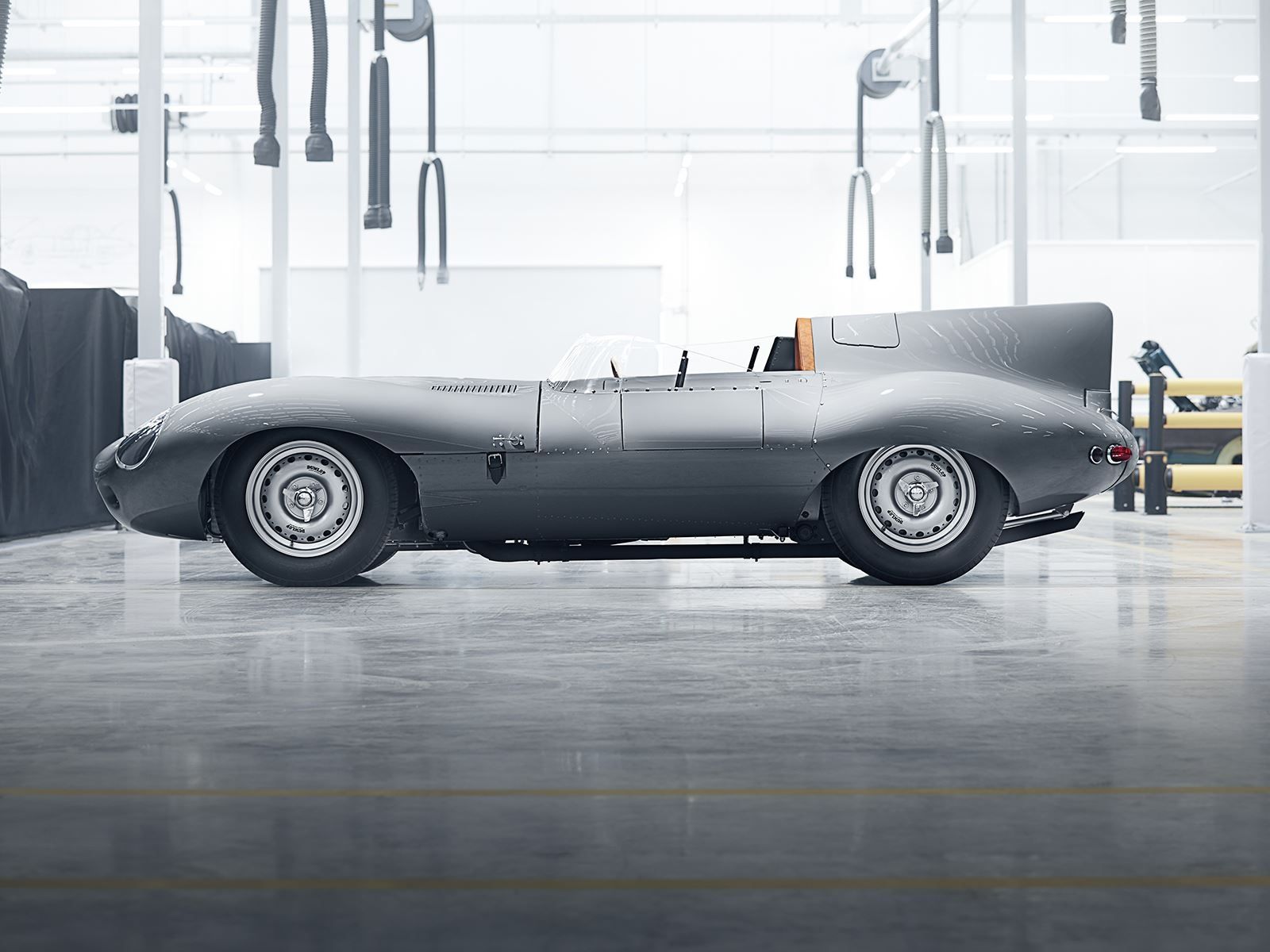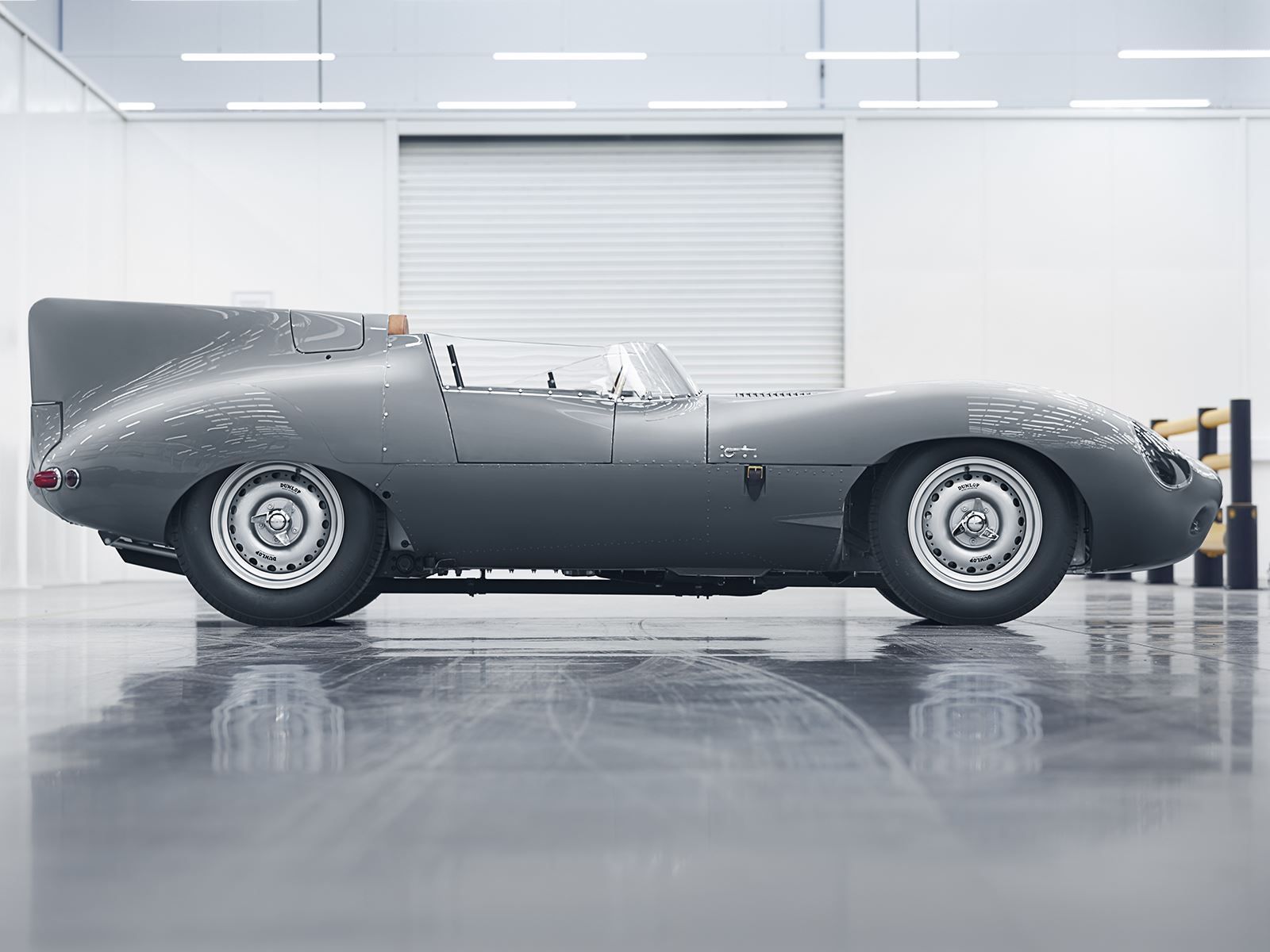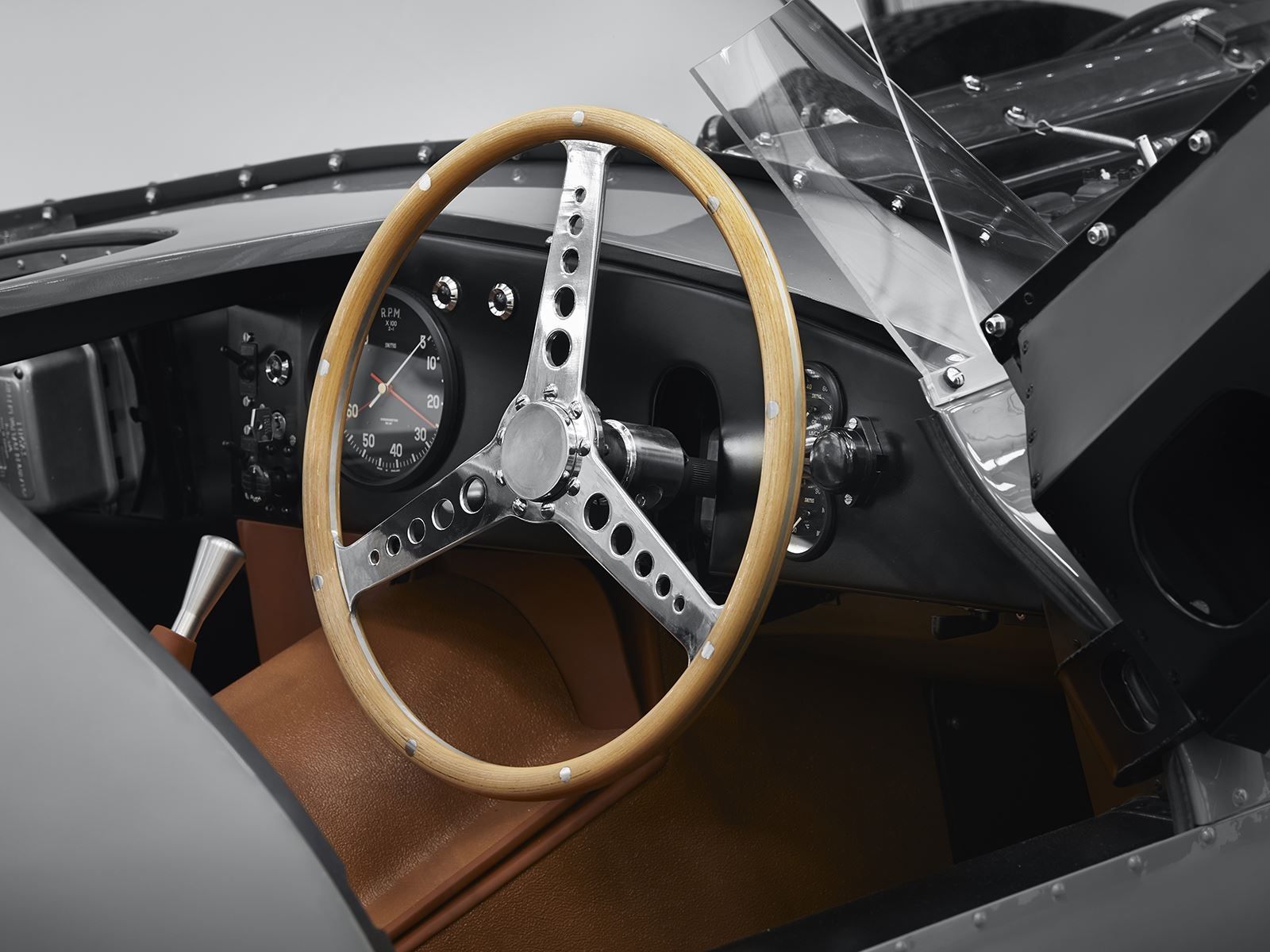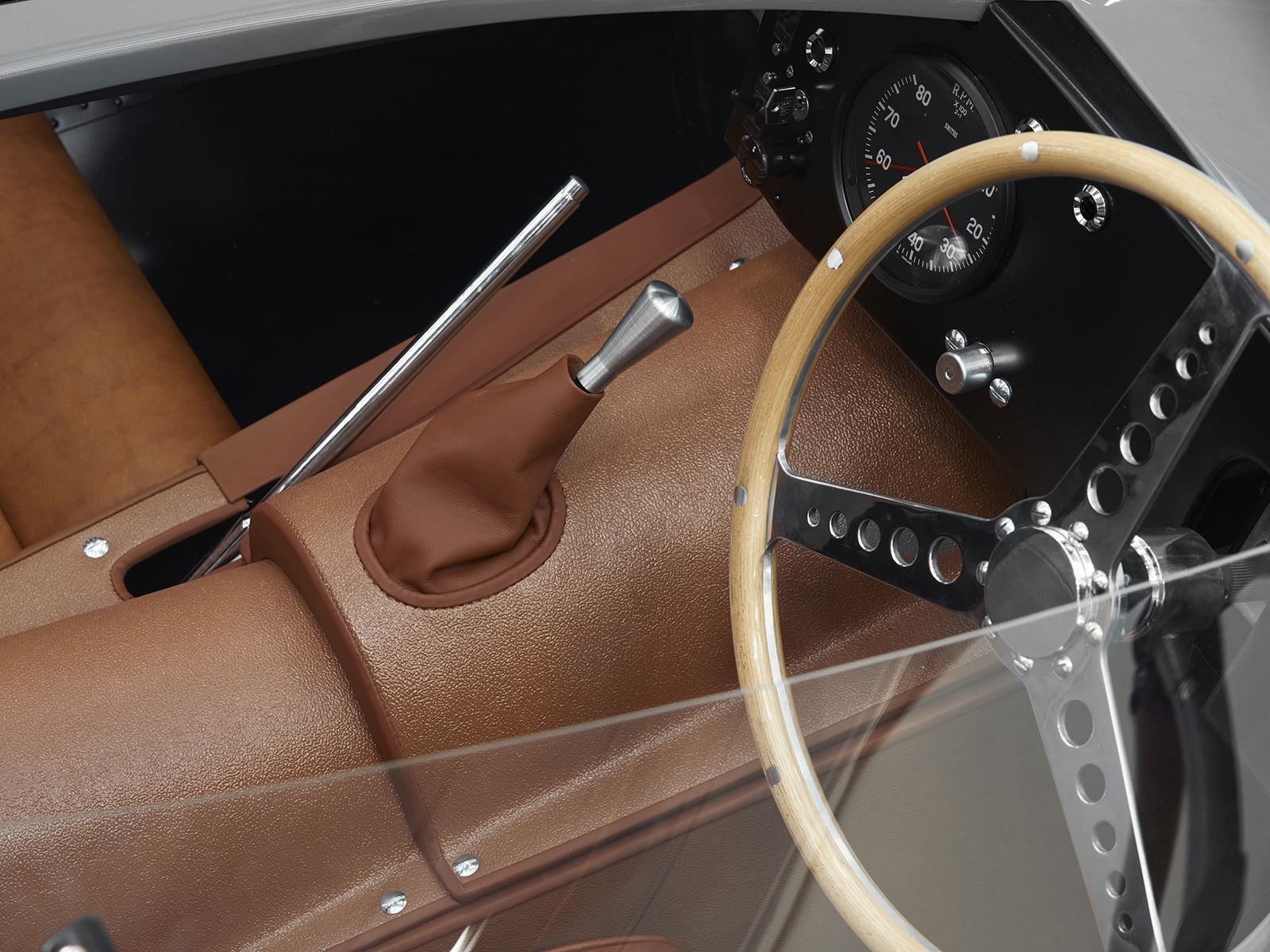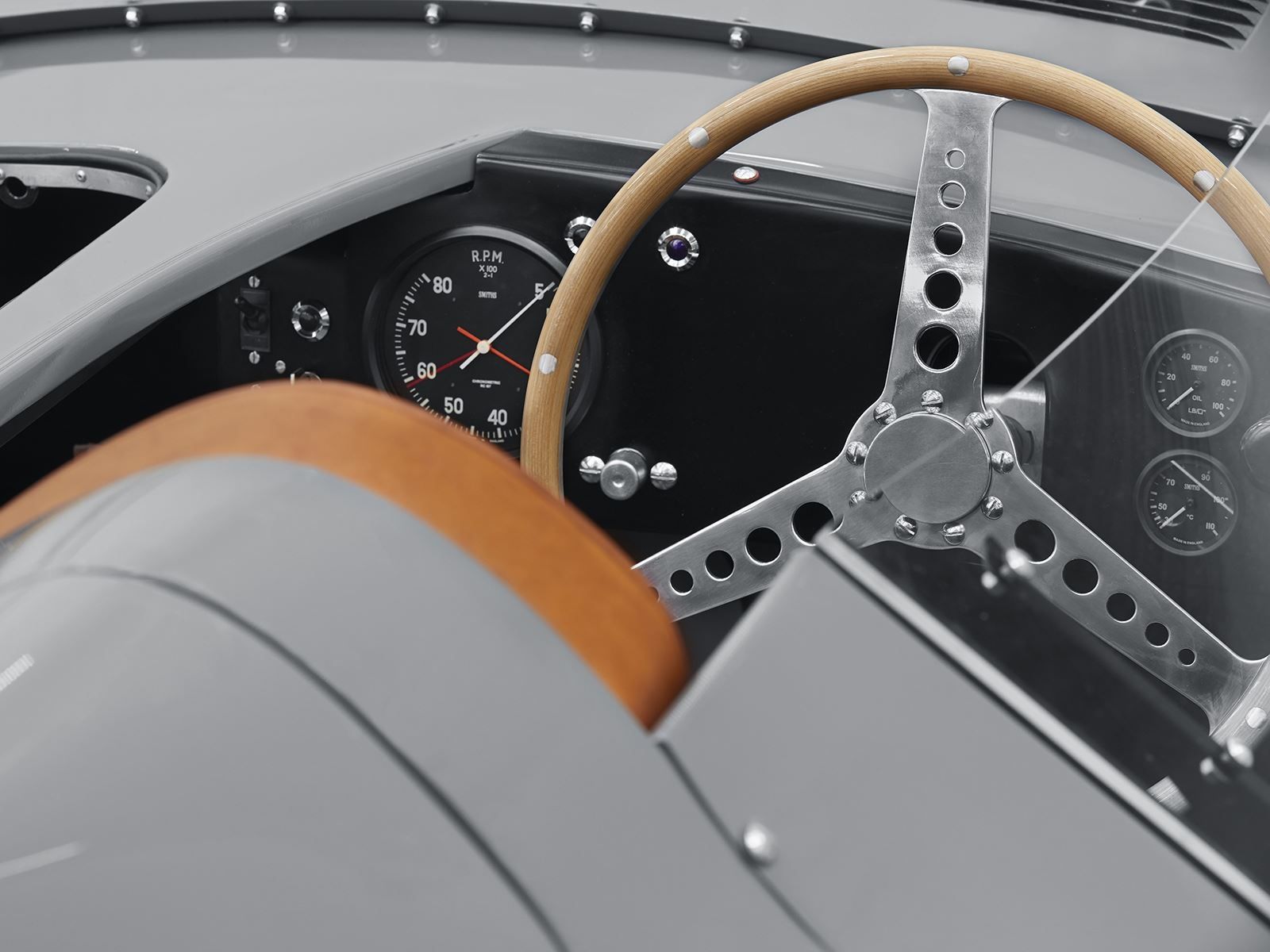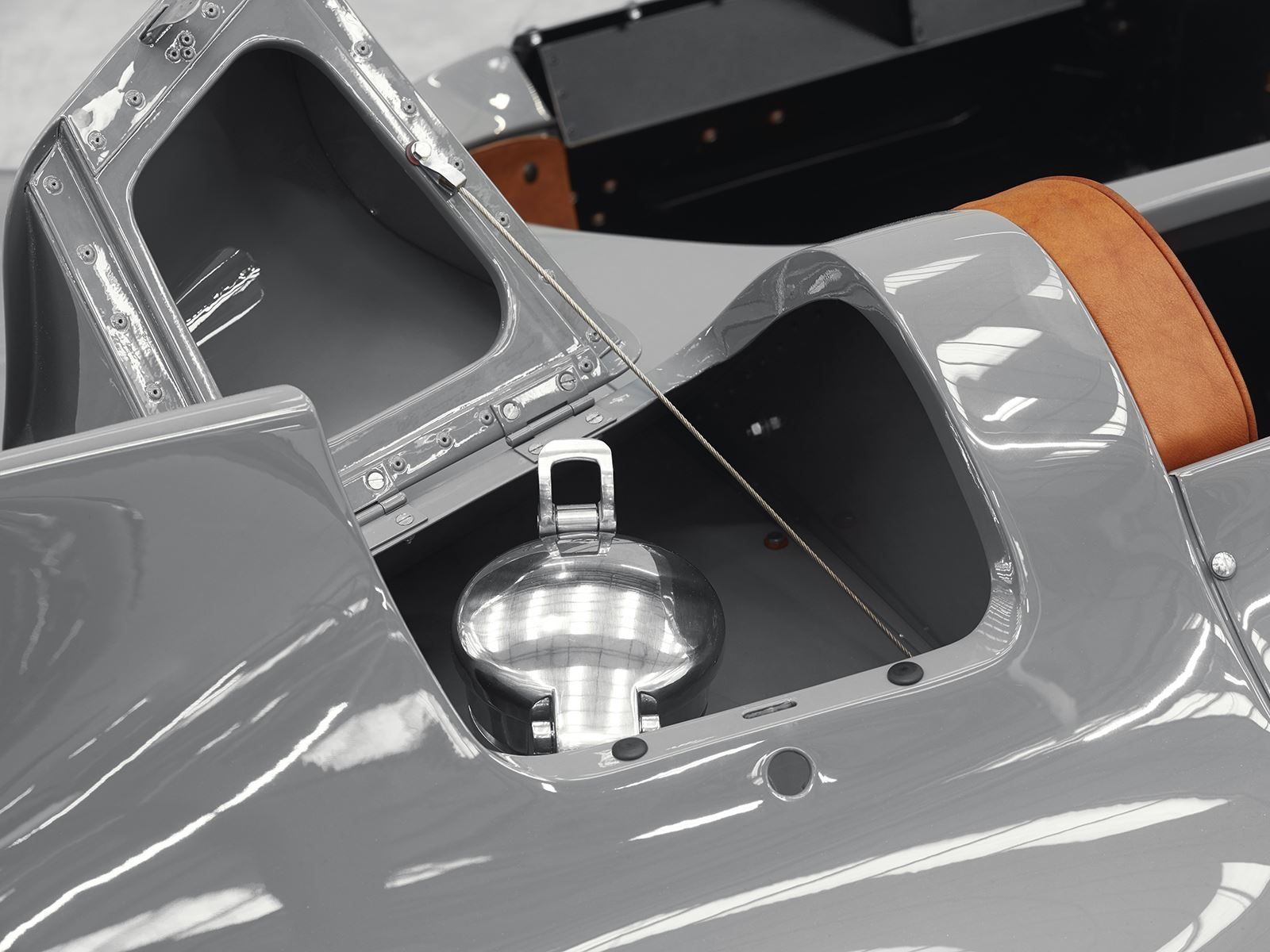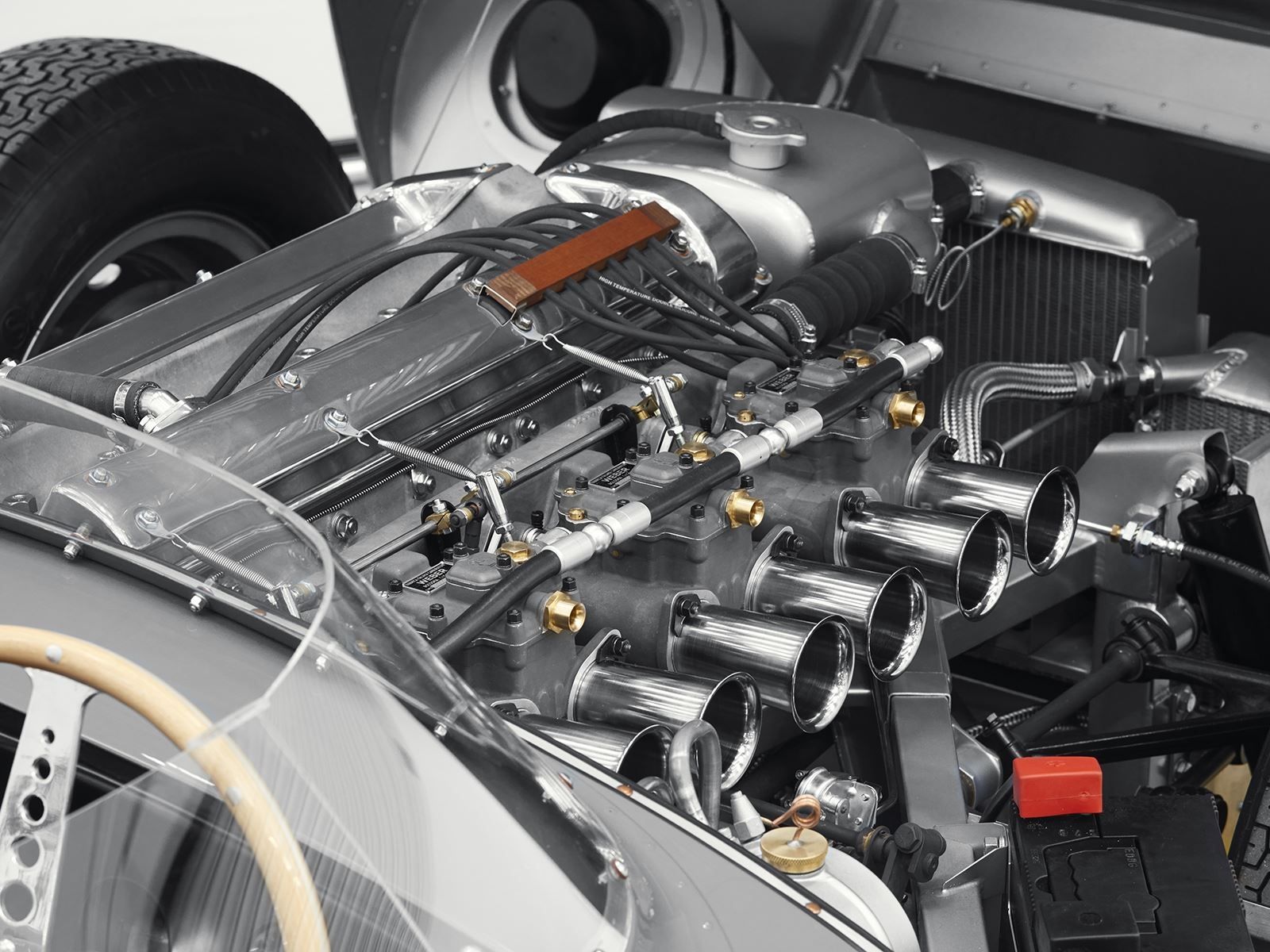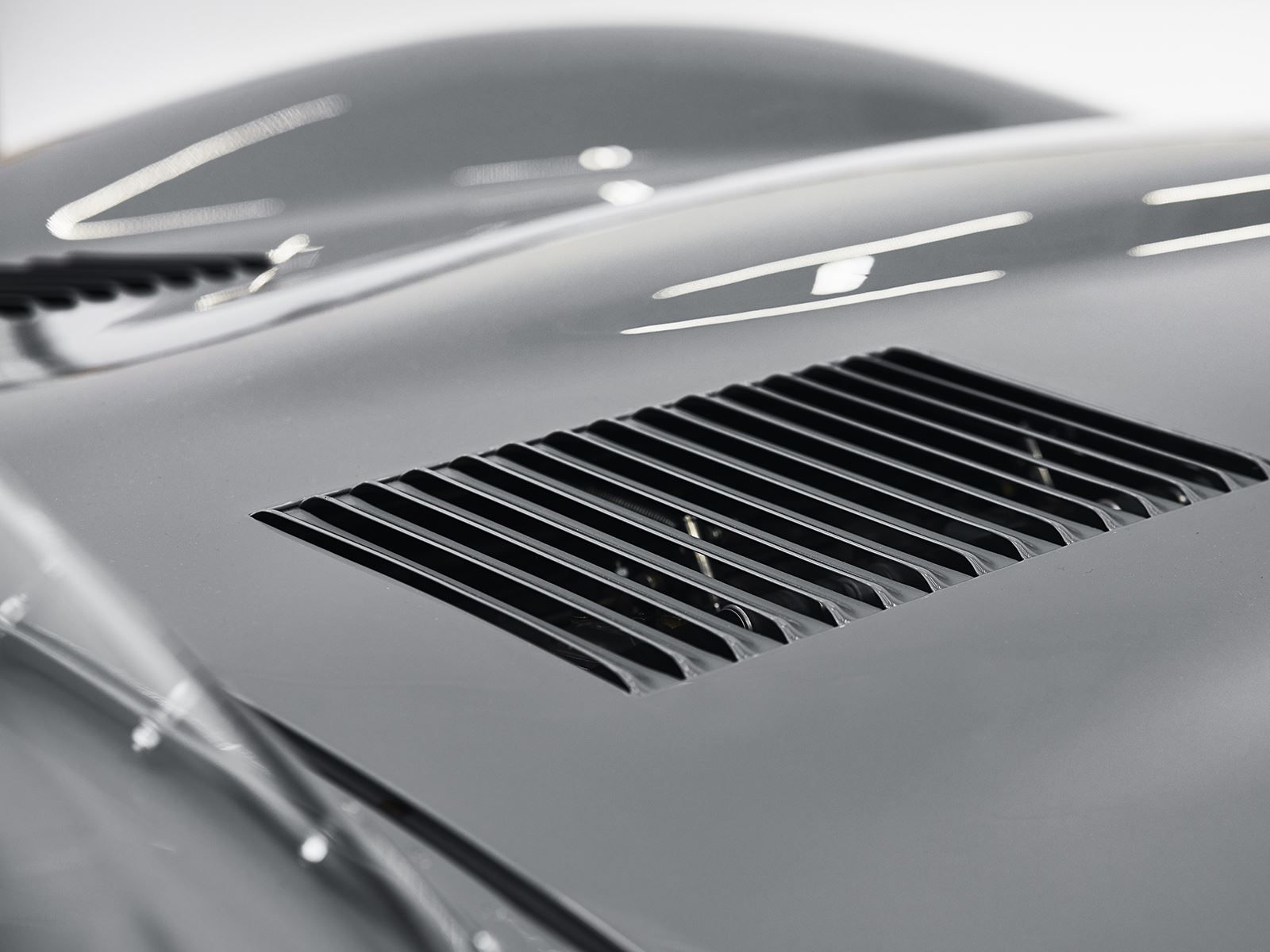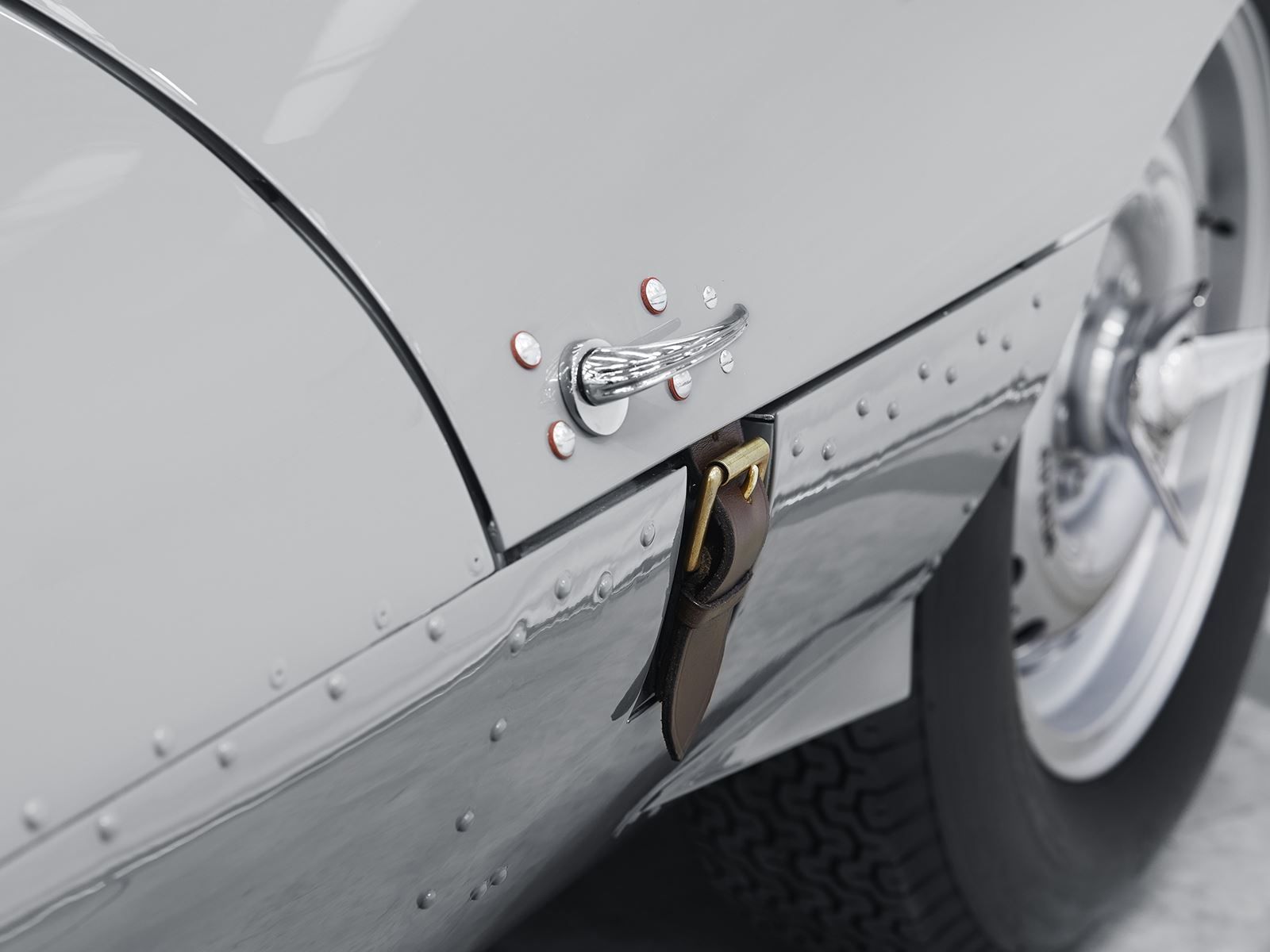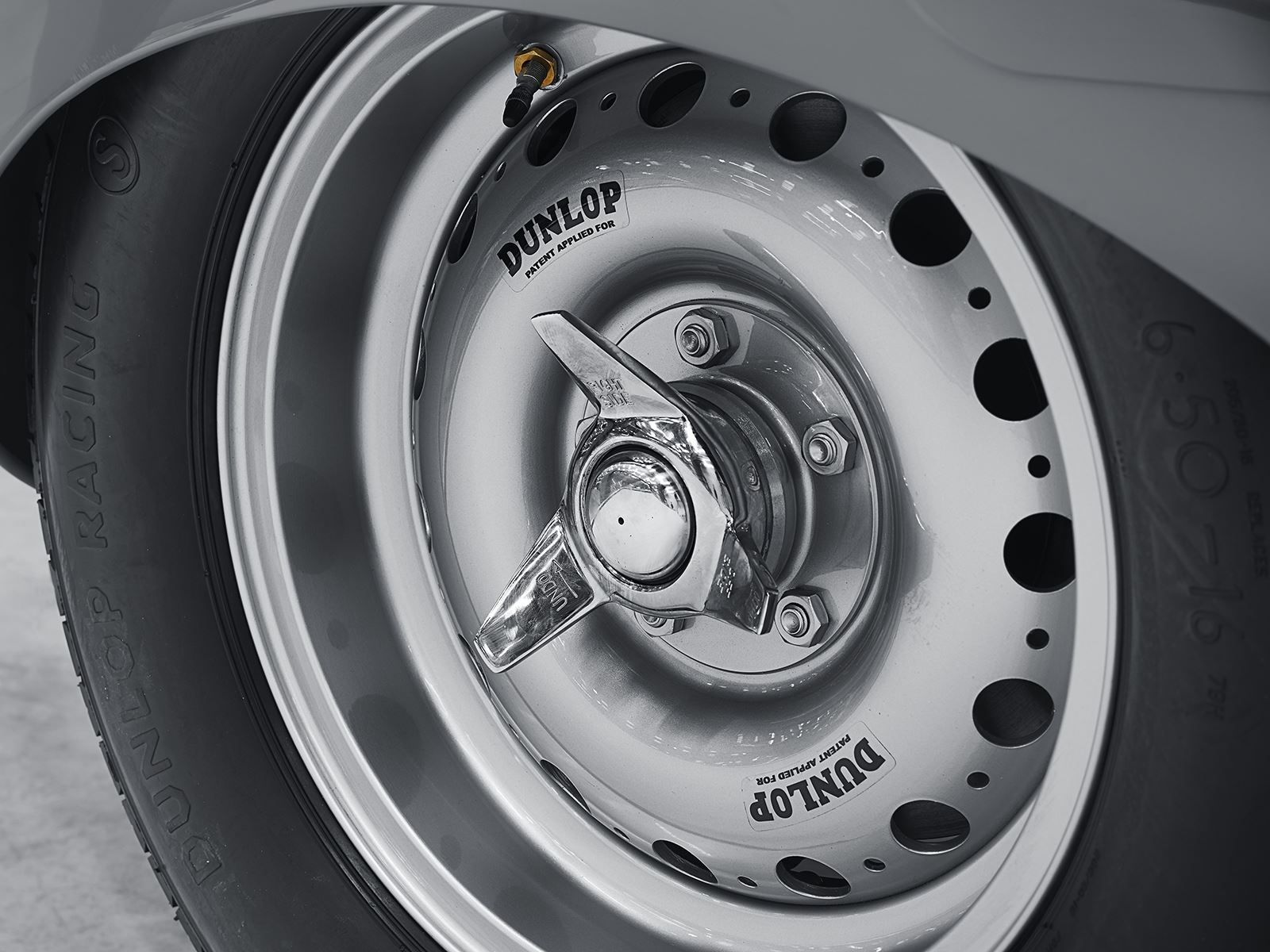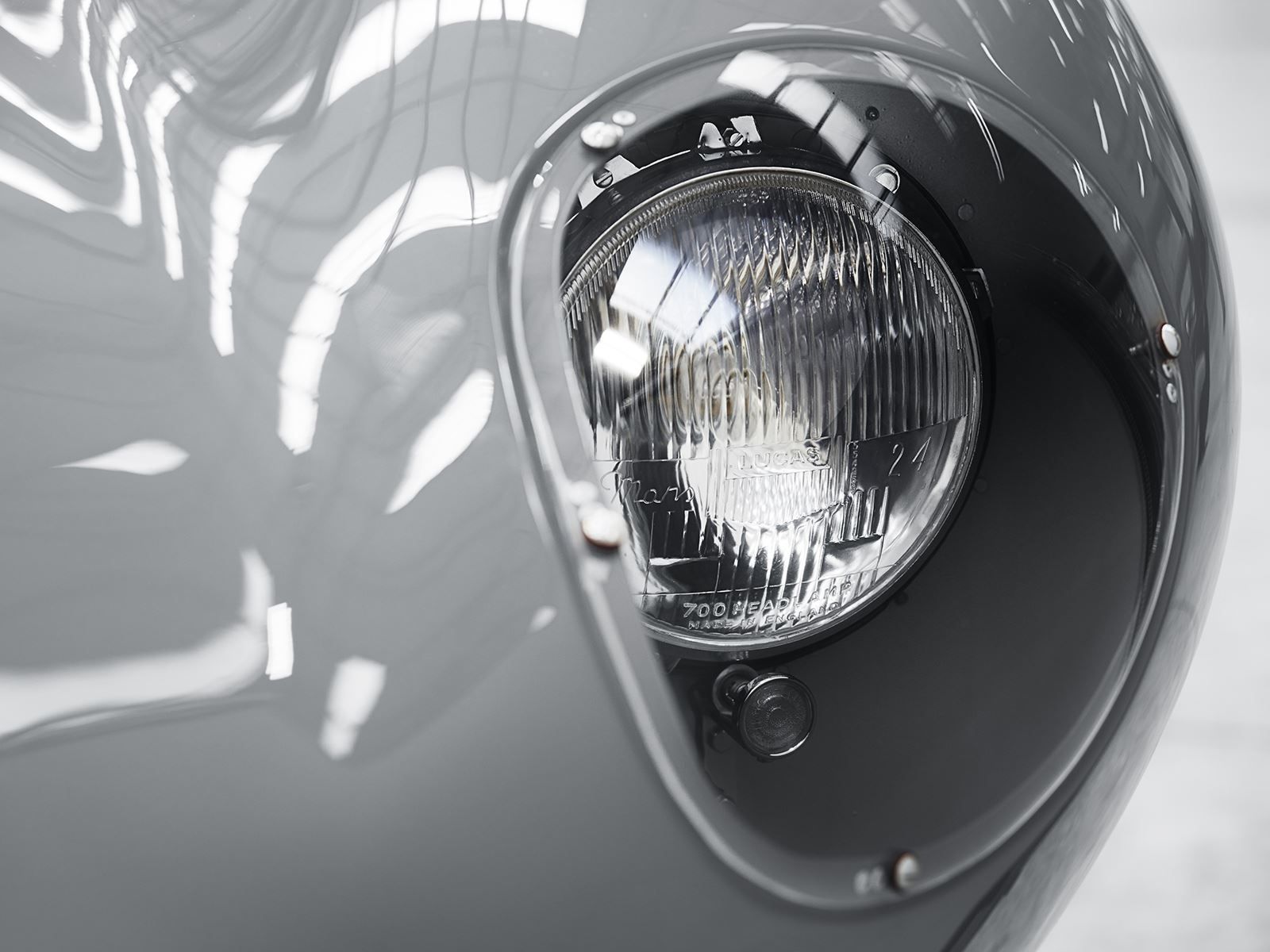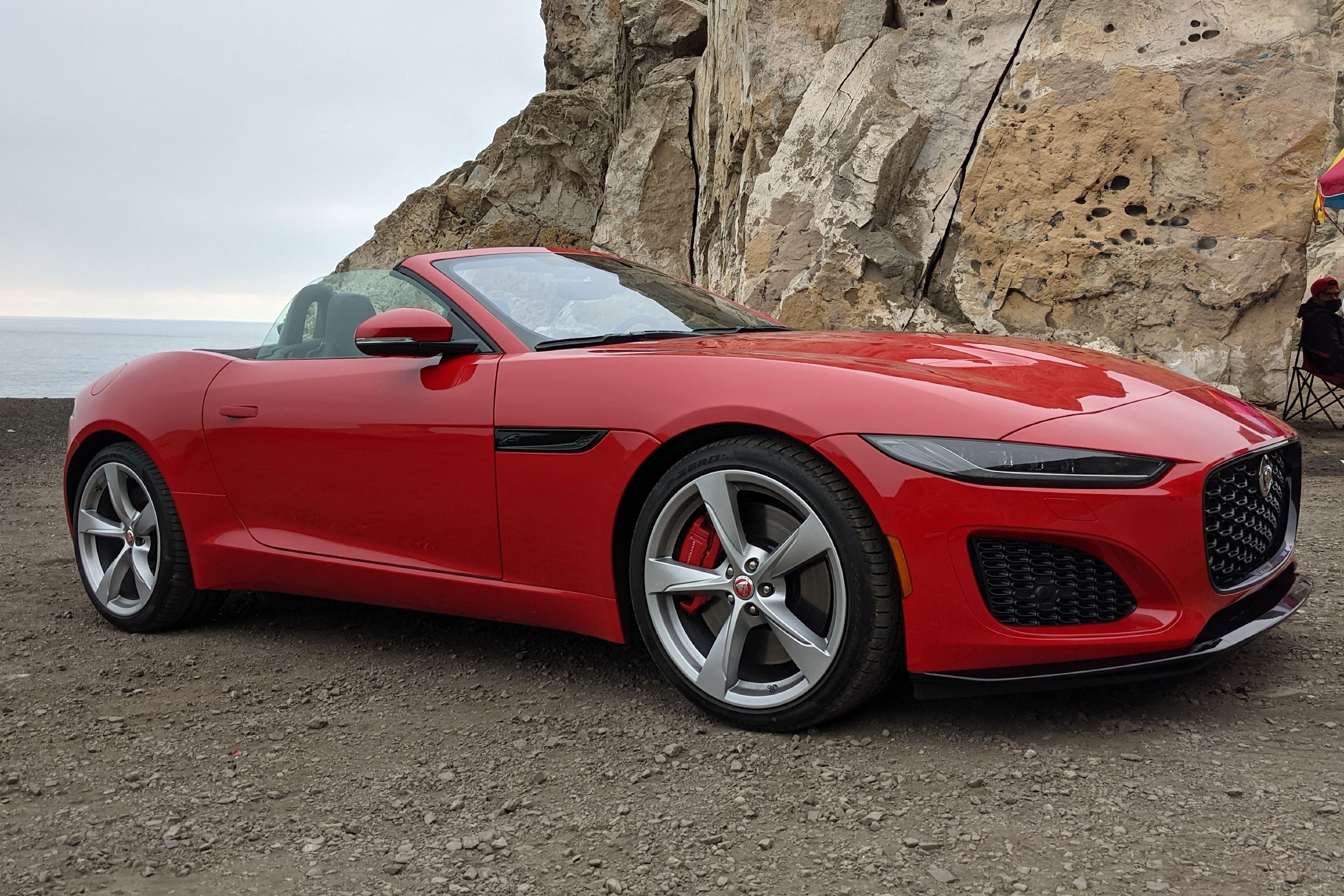
Back in the 1950s, the Jaguar D-Type was one of the most successful racecars that was built with one goal: to win Le Mans. And it did just that, securing three consecutive victories in 1955, '56, and '57. It also spawned arguably one of the most beautiful road cars ever made. Originally, Jaguar intended to produce 100 D-Types but only 75 rolled off the assembly line, and the car has been out of production since 1956. And now, over 60 years later, Jaguar is bringing the iconic D-Type back from the dead.
Following its revival of the Lightweight E-Type and XKSS, Jaguar Classic has announced that 25 new D-Types will be built as continuation cars to finish the original production target. It represents the largest run of Jaguar continuation models yet, as only six Lightweight E-types and nine XKSS continuation cars were built. Every new Jaguar D-Type sports car will be painstakingly hand-built to its period-correct specification, which will include a six-cylinder XK engine that powered the original Le Mans-winning D-Type. Customers can choose from either a 1955-specification Shortnose or 1956-spec Longnose bodywork.
Engineers will have access to Jaguar engineering drawings and records, ensuring that each new D-Type will be as authentic as possible. "The Jaguar D-type is one of the most iconic and beautiful competition cars of all time, with an outstanding record in the world's toughest motor races. And it's just as spectacular today," Jaguar Land Rover Classic Director Tim Hannig said. "The opportunity to continue the D-type model's success story, by completing its planned production run in Coventry, is one of those once-in-a-lifetime projects that our world-class experts at Jaguar Land Rover Classic are proud to fulfill."
Jaguar will be presenting an engineering prototype of the resurrected D-type this week at the upcoming Salon Retromobile show in Paris. It will be based on the 1956 Longnose specification, distinguished by its extended hood, a tail fin behind the driver's head, wide-angle cylinder head and quick-change brake calipers. "Recreating the nine D-type-derived XKSS models was hugely satisfying, and an even bigger technical challenge than the six missing Lightweight E-type models, but lessons learned from the XKSS project have given us a head start on the final 25 D-type models," said Kev Riches, Jaguar Classic Engineering Manager.
"Each one will be absolutely correct, down to the very last detail, just as Jaguar's Competitions Department intended." Jaguar hasn't revealed how much the D-Type continuation car will cost, but it should be less than an original model. For example, the D-Type that won Le Mans in 1956 sold for a record $21.78 million back in 2016.

